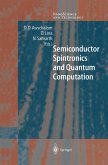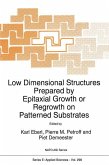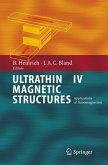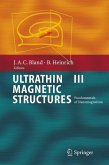Semiconductor science and technology is the art of defect engineering. The theoretical modeling of defects has improved dramatically over the past decade. These tools are now applied to a wide range of materials issues: quantum dots, buckyballs, spintronics, interfaces, amorphous systems, and many others. This volume presents a coherent and detailed description of the field, and brings together leaders in theoretical research. Today's state-of-the-art, as well as tomorrow's tools, are discussed: the supercell-pseudopotential method, the GW formalism,Quantum Monte Carlo, learn-on-the-fly molecular dynamics, finite-temperature treatments, etc. A wealth of applications are included, from point defects to wafer bonding or the propagation of dislocation.
From the reviews:
"The silicon technologies and their successors ... owe much of their power to control of defects and dopants. ... it might be suitable for a graduate course, and that it would be appropriate for advanced researchers in physics, chemistry, materials science and engineering, and that it might be a convenient guide for the experimentalist ... . a specialist course book for theory graduate students ... . The hands-on theorist will find the various special topics helpful ... ." (Prof. M. Stoneham, Contemporary Physics, Vol. 48 (3), 2007)
"The silicon technologies and their successors ... owe much of their power to control of defects and dopants. ... it might be suitable for a graduate course, and that it would be appropriate for advanced researchers in physics, chemistry, materials science and engineering, and that it might be a convenient guide for the experimentalist ... . a specialist course book for theory graduate students ... . The hands-on theorist will find the various special topics helpful ... ." (Prof. M. Stoneham, Contemporary Physics, Vol. 48 (3), 2007)








